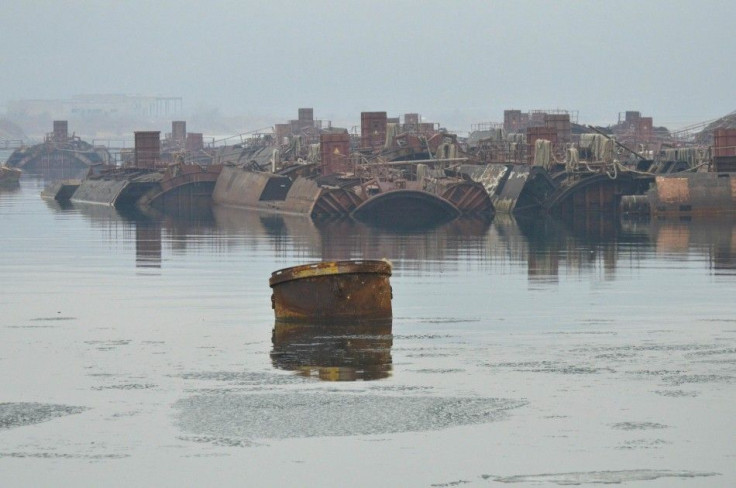Floating Nuclear Power Plant Best Against Tsunamis, Earthquakes—U.S. MIT

For countries about to construct nuclear power plants, or even those that had, a floating facility built offshore would serve best against tsunami and earthquake threats.
A team of engineers from the U.S.' Massachusetts Institute of Technology (MIT) has put forward a new design for a nuclear power plant facility that is built on floating but anchored platforms, moored in deep water several miles off the coast.
The design, according to Jacopo Buongiorno, an associate professor of nuclear science and engineering at MIT, makes the facility immune to earthquakes, tsunamis and meltdowns.
It takes advantage of two mature technologies: light-water nuclear reactors and offshore oil and gas drilling platforms.
Moreover, the ocean water is an automatic coolant in case a meltdown does occur.
"The ocean itself can be used as an infinite heat sink," Buongiorno said. "The decay heat, which is generated by the nuclear fuel even after the reactor is shutdown, can be removed indefinitely," he added.
Earthquakes are felt only if one is standing on top of the earth, the MIT engineers said, further claiming that tsunami waves, when in deep water, aren't large enough to cause significant damage.
Apart from Buongiorno, MIT professors Michael Golay and Neil Todreas were among the other authors of the design paper.
The design, however, lacks something—it does not say how this might impact surrounding sea life in case a meltdown happens.
Russia has actually started constructing a floating nuclear power plant. However, its two reactors will be mounted on a barge to be moored at a harbour. The MIT engineers said the Russian design is still susceptible to a tsunami or earthquake.
The floating nuclear power plant could be initially built in a shipyard and then towed to its destination 5 to 7 miles offshore. Operators must ensure the facility is moored to the seafloor and connected to land by an underwater electric transmission line.
The concept (here) was presented at the Small Modular Reactors Symposium, organised in Washington DC by the American Society of Mechanical Engineers.






